Matisse in the Studio
05 Aug - 12 Nov 2017
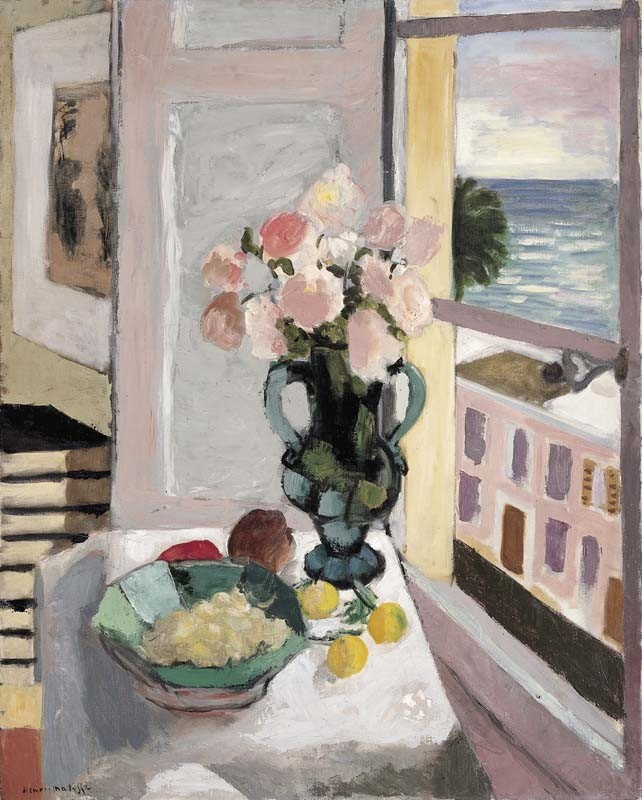
Henri Matisse
Safrano Roses at the Window.
80 x 65 cm. Private collection. Photo © Private collection. © Succession H. Matisse/DACS 2017.
Safrano Roses at the Window.
80 x 65 cm. Private collection. Photo © Private collection. © Succession H. Matisse/DACS 2017.
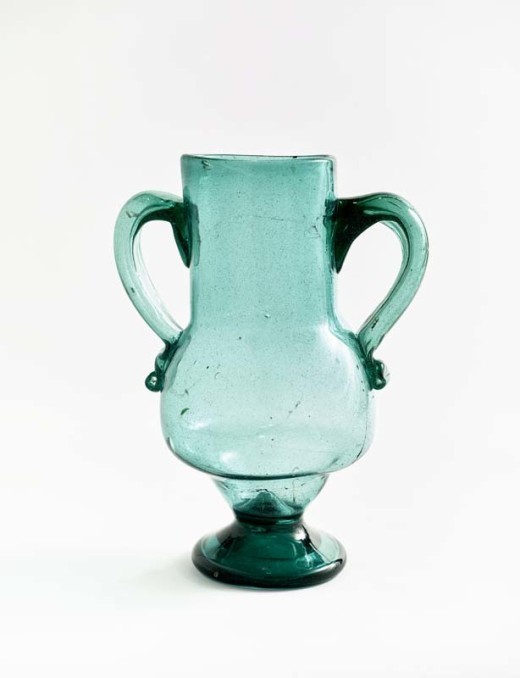
Vase, Andalusia, Spain, Early 20th century.
Blown glass. 28.5 x 21cm. Former collection of Henri Matisse. Musée Matisse, Nice. Bequest of Madame Henri Matisse, 1960, 63.2.195. Photo © François Fernadez, Nice.
Blown glass. 28.5 x 21cm. Former collection of Henri Matisse. Musée Matisse, Nice. Bequest of Madame Henri Matisse, 1960, 63.2.195. Photo © François Fernadez, Nice.

Henri Matisse
Head of Jeannette V, modelled 1913, cast 1954.
57.7 x 20.8 x 29.5 cm. Hirshhorn Museum and Sculpture Garden, Washington, D.C. Smithsonian Institution. Gift of the Joseph H. Hirshhorn Foundation, 1972. Photograph by Cathy Carver. © Succession H. Matisse/DACS 2017.
Head of Jeannette V, modelled 1913, cast 1954.
57.7 x 20.8 x 29.5 cm. Hirshhorn Museum and Sculpture Garden, Washington, D.C. Smithsonian Institution. Gift of the Joseph H. Hirshhorn Foundation, 1972. Photograph by Cathy Carver. © Succession H. Matisse/DACS 2017.
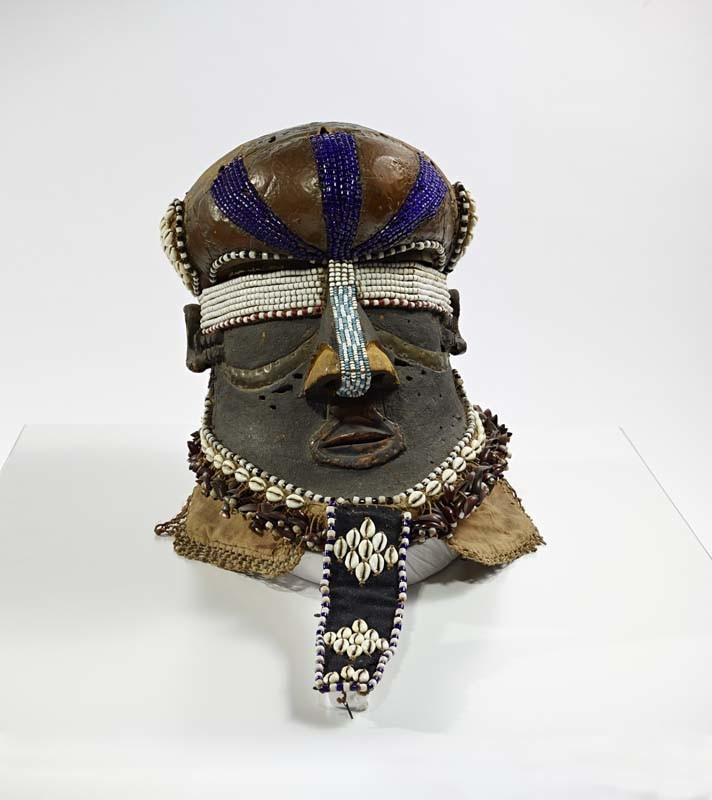
Mboom mask, Kuba kingdom, Democratic Republic of the Congo, 19th-early 20th century.
Wood, textile, shells, pearls, seeds, copper, and mixed media. 32 x 37 x 23.5 cm. Former collection of Henri Matisse. Musée Matisse, Nice. Bequest of Madame Henri Matisse, 1960, 63.2.137. Photo © François Fernandez, Nice.
Wood, textile, shells, pearls, seeds, copper, and mixed media. 32 x 37 x 23.5 cm. Former collection of Henri Matisse. Musée Matisse, Nice. Bequest of Madame Henri Matisse, 1960, 63.2.137. Photo © François Fernandez, Nice.
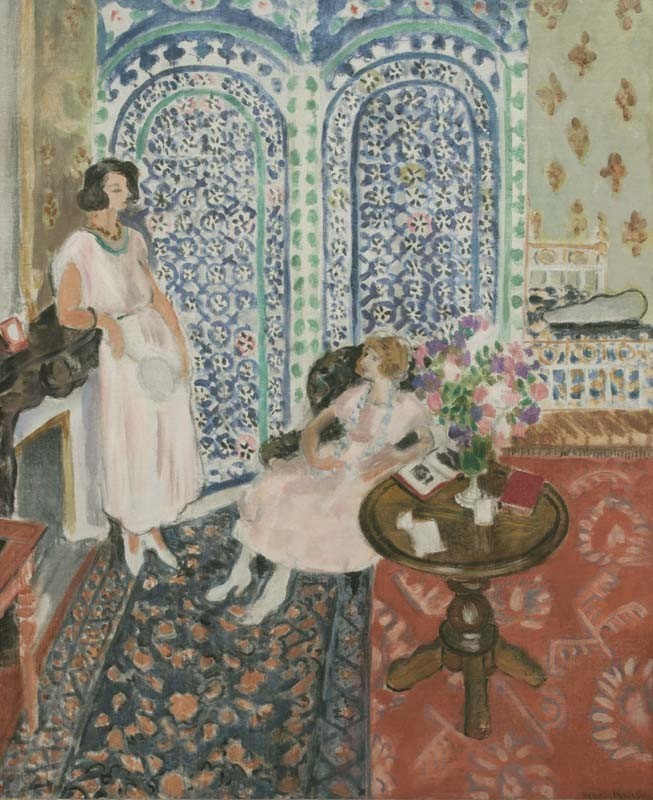
Henri Matisse
The Moorish Screen, 1921.
Oil on canvas. 91 x 74 cm. Philadelphia Museum of Art. Bequest of Lisa Norris Elkins, 1950. Photo © Philadelphia Museum of Art/Art Resource, NY. © Succession H. Matisse/DACS 2017.
The Moorish Screen, 1921.
Oil on canvas. 91 x 74 cm. Philadelphia Museum of Art. Bequest of Lisa Norris Elkins, 1950. Photo © Philadelphia Museum of Art/Art Resource, NY. © Succession H. Matisse/DACS 2017.
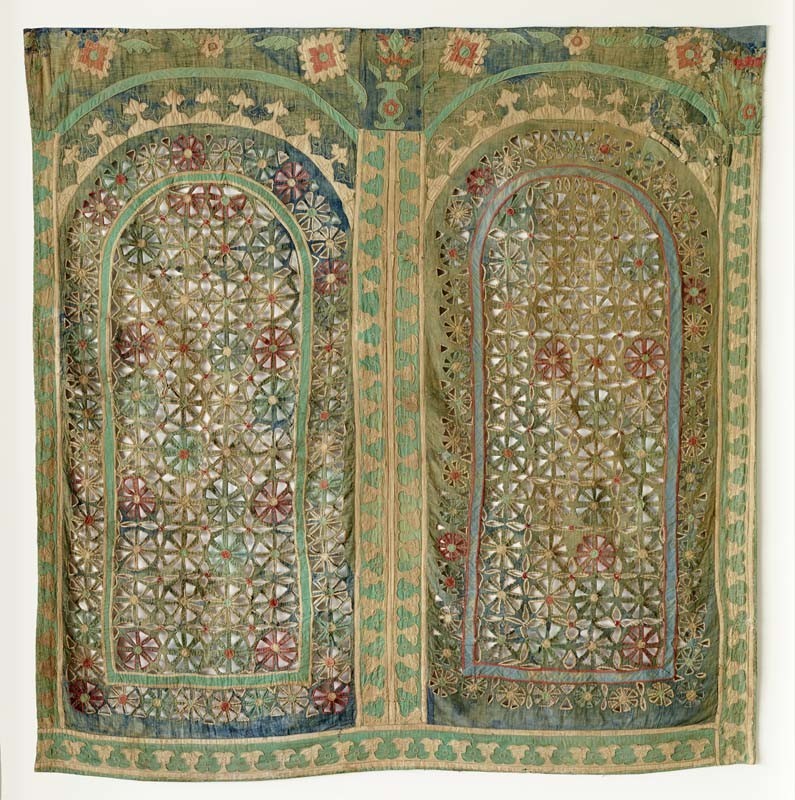
Haiti, North Africa, Late19th-early 20th century.
Cotton plainweave cut and appliquéd to bast fibre cloth. 217 x 212 cm. Former collection of Henri Matisse. Private collection, on loan to Musée Matisse, Nice. Photo © François Fernandez, Nice.
Cotton plainweave cut and appliquéd to bast fibre cloth. 217 x 212 cm. Former collection of Henri Matisse. Private collection, on loan to Musée Matisse, Nice. Photo © François Fernandez, Nice.
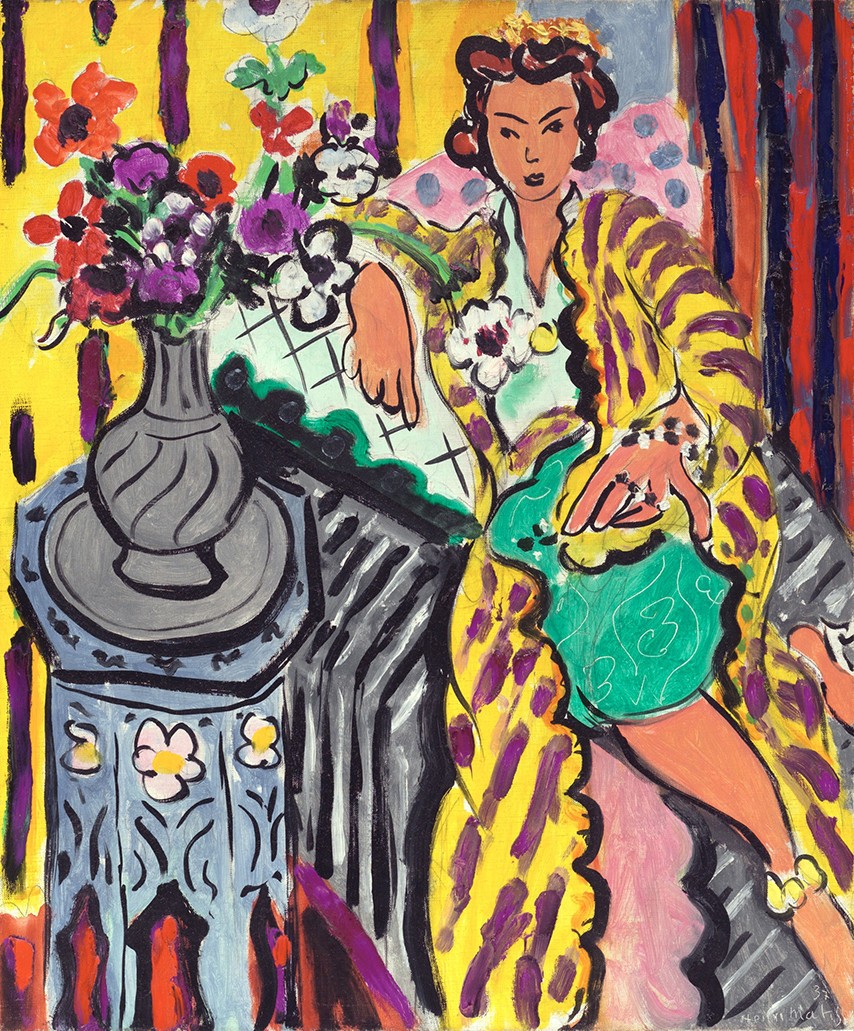
Henri Matisse
Yellow Odalisque, 1937.
Oil on canvas. 55.2 x 46 cm. Philadelphia Museum of Art. The Samuel S. White 3rd and Vera White Collection, 1967. Photo © Philadelphia Museum of Art. © Succession H. Matisse/DACS 2017.
Yellow Odalisque, 1937.
Oil on canvas. 55.2 x 46 cm. Philadelphia Museum of Art. The Samuel S. White 3rd and Vera White Collection, 1967. Photo © Philadelphia Museum of Art. © Succession H. Matisse/DACS 2017.

Small painted table (guéridon), Algeria, 19th-early 20th century.
Painted wood. H 62.5 cm. Former collection of Henri Matisse. Musée Matisse, Nice. Bequest of Madame Henri Matisse, 1960, 63.2.191. Archival title: Guéridon maure. Photo: Ville de Nice.
Painted wood. H 62.5 cm. Former collection of Henri Matisse. Musée Matisse, Nice. Bequest of Madame Henri Matisse, 1960, 63.2.191. Archival title: Guéridon maure. Photo: Ville de Nice.
MATISSE IN THE STUDIO
5 August — 12 November 2017
Step into the studio of Henri Matisse, brimming with the artist’s treasured objects. Focusing exclusively on their important role in his work for the first time, we will reveal how this eclectic collection took on new life in his transcendent art.
Matisse drew his collection from the far corners of the world: Buddhist statuary from Thailand, Bamana figures from Mali, furniture and textiles from North Africa. Rarely of material value, these objects were nonetheless precious. Offering points of departure to which he could return again and again, they appear in his work in different guises and across spans of decades, reinvented afresh in each new setting.
Matisse’s objects formed his repertoire, but they also provided him with influences from beyond the limits of Western art. African sculpture and masks were a revelation, suggesting more expressive models for depicting the human figure and face. Later, Matisse adorned his Nice studio with props from the Islamic world to create the sensuous sets for his ‘odalisques’, in which a harmonious synergy emerges between figure and object. And as his oeuvre reached its joyous apex in his cut-out period, he looked to the concise precision of Chinese calligraphy and African textiles as he sought to invent his own simplified language of signs.
This sumptuous exhibition offers a rare glimpse into the artist’s personal collection, as well as the paintings, sculptures and drawings it inspired. Seen together, they reveal how Matisse’s masterful vision of rich and masterful energy first stemmed from the collage of patterns and rhythms which he found in the world of objects.
5 August — 12 November 2017
Step into the studio of Henri Matisse, brimming with the artist’s treasured objects. Focusing exclusively on their important role in his work for the first time, we will reveal how this eclectic collection took on new life in his transcendent art.
Matisse drew his collection from the far corners of the world: Buddhist statuary from Thailand, Bamana figures from Mali, furniture and textiles from North Africa. Rarely of material value, these objects were nonetheless precious. Offering points of departure to which he could return again and again, they appear in his work in different guises and across spans of decades, reinvented afresh in each new setting.
Matisse’s objects formed his repertoire, but they also provided him with influences from beyond the limits of Western art. African sculpture and masks were a revelation, suggesting more expressive models for depicting the human figure and face. Later, Matisse adorned his Nice studio with props from the Islamic world to create the sensuous sets for his ‘odalisques’, in which a harmonious synergy emerges between figure and object. And as his oeuvre reached its joyous apex in his cut-out period, he looked to the concise precision of Chinese calligraphy and African textiles as he sought to invent his own simplified language of signs.
This sumptuous exhibition offers a rare glimpse into the artist’s personal collection, as well as the paintings, sculptures and drawings it inspired. Seen together, they reveal how Matisse’s masterful vision of rich and masterful energy first stemmed from the collage of patterns and rhythms which he found in the world of objects.
